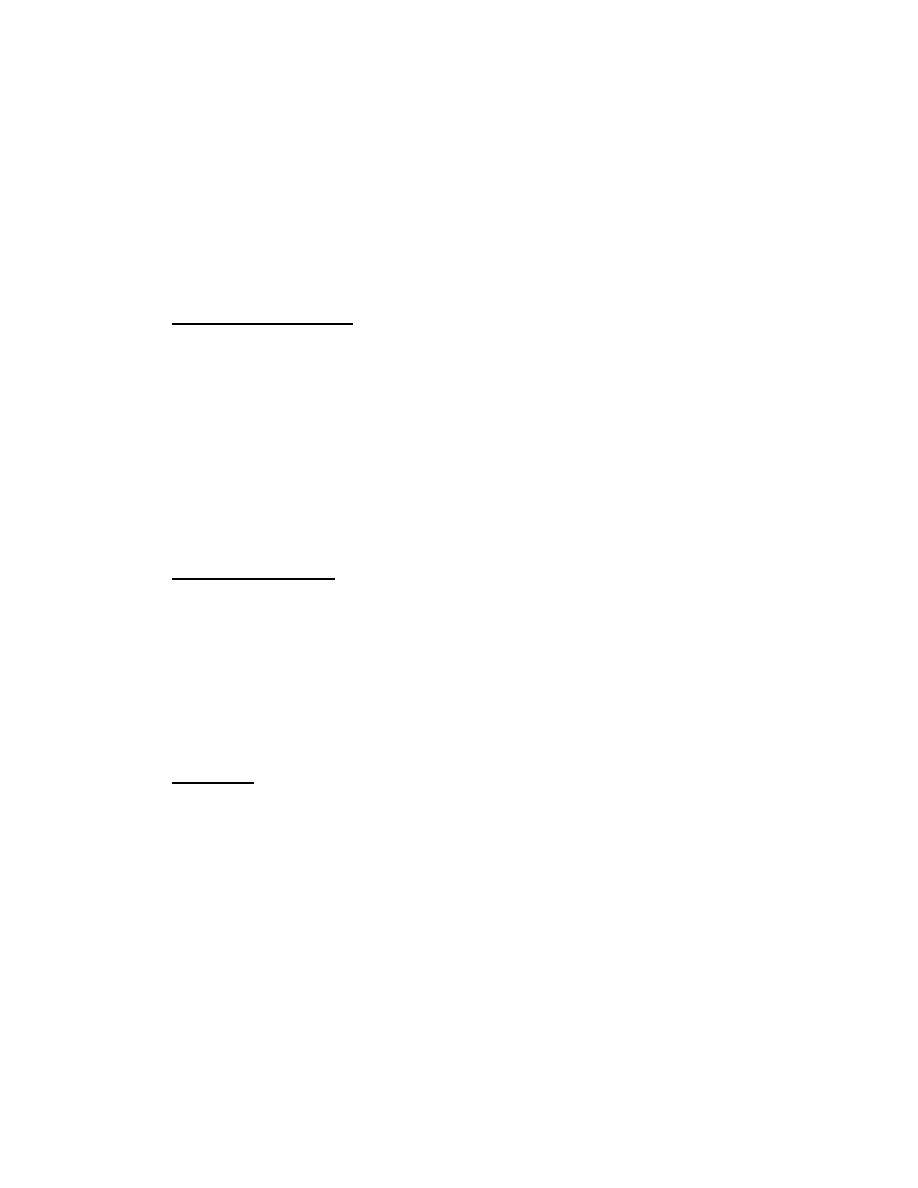
| Tweet |

Custom Search
|
|

|
||
 MIL-HDBK-1038
angle. The hinge pins are required to be forged steel and retained on both ends
at the padeyes. Other, functionally equivalent, arrangements may also be used.
Mechanical design criteria apply to the bushings; structural design criteria apply
to the hinge pins. Additionally, the pin hardness should be not less than 300 BHN
and at least 100 points harder than the bushing material.
Commercially available specialty bushings and plain spherical bearings,
some with low friction coefficient lining material, may be used when approved by
NCC. These items may be used at their full published ratings.
5.2.3
Fleeting Sheave Pins. These pins are intended to allow easy fleeting
(sliding) of slowly rotating sheaves mounted on bushings. The pins are usually
mounted in the A-frame as a structural member. The surface of the pins must be
treated in some way to give it a low friction coefficient and make it immune to
corrosion. The common practice is to plate them with chrome over nickel.
Alternatively, the pins may be made of corrosion resistant steel selected for
adequate strength and low friction coefficient.
Unlike most structural members, these pins are mounted on widely spaced
supports and sized to limit their deflection under a transverse load. The pins
are never drilled for grease passages because the fleeting sheave bushings must be
lubricated through sheave hubs. The maximum bearing pressure is limited to 1000
psi on the projected area. In most practical applications, design criteria which
determines the bushing bore, leads to a satisfactory pin diameter.
5.2.4
Center Steadiments. The upper and lower tubular sections of the center
steadiment and their bushings are designed for transverse loads due to the rotate
gear forces, wind, and in case of floating cranes force components caused by
list and trim of the barge. The full magnitude of the loads is assumed to be
applied to the steadiment assembly, with no consideration of any mitigating
effects of friction on the roller path rollers. The bushing is sized to limit the
maximum bearing pressure to 1000 psi on the projected area and its ends should be
slightly relieved (over 10 percent to 20 percent of its length) to avoid excessive
edge loading due to angular misalignment under load. On older cranes it was
common practice to use a drywell with oil lubrication; on newer cranes with center
steadiments, the bushings are grease lubricated.
5.2.5
King Pins. King pins are machined from heavy wall structural tubes or
bored forgings. (The open center is required for routing of electrical wiring.)
The upper end is retained with a nut or a shoulder that seats directly on the
upper steadiment section or is mounted in a trunnion arrangement, and the lower
end is retained with a locking nut with a gap of approximately 1/4 inch at the
face of the lower steadiment section. The trunnion mounting is recommended
because it precludes introduction of possible bending in the king pin when the
machinery deck tilts with respect to the portal base or tub under heavy loading.
The gap above the locking nut is intentional; when present at its original
setting, it confirms the proper balance/stability of the rotating structures.
One end of the king pin is mounted in a bushing to maintain its alignment
with the center steadiment assembly. This bushing is subjected to only nominal
loads and has no particular design requirements, other than providing grease
lubrication. The king pin and its nuts and trunnion, must be sized to comply with
the mechanical
130
|
 |
|
 |
||